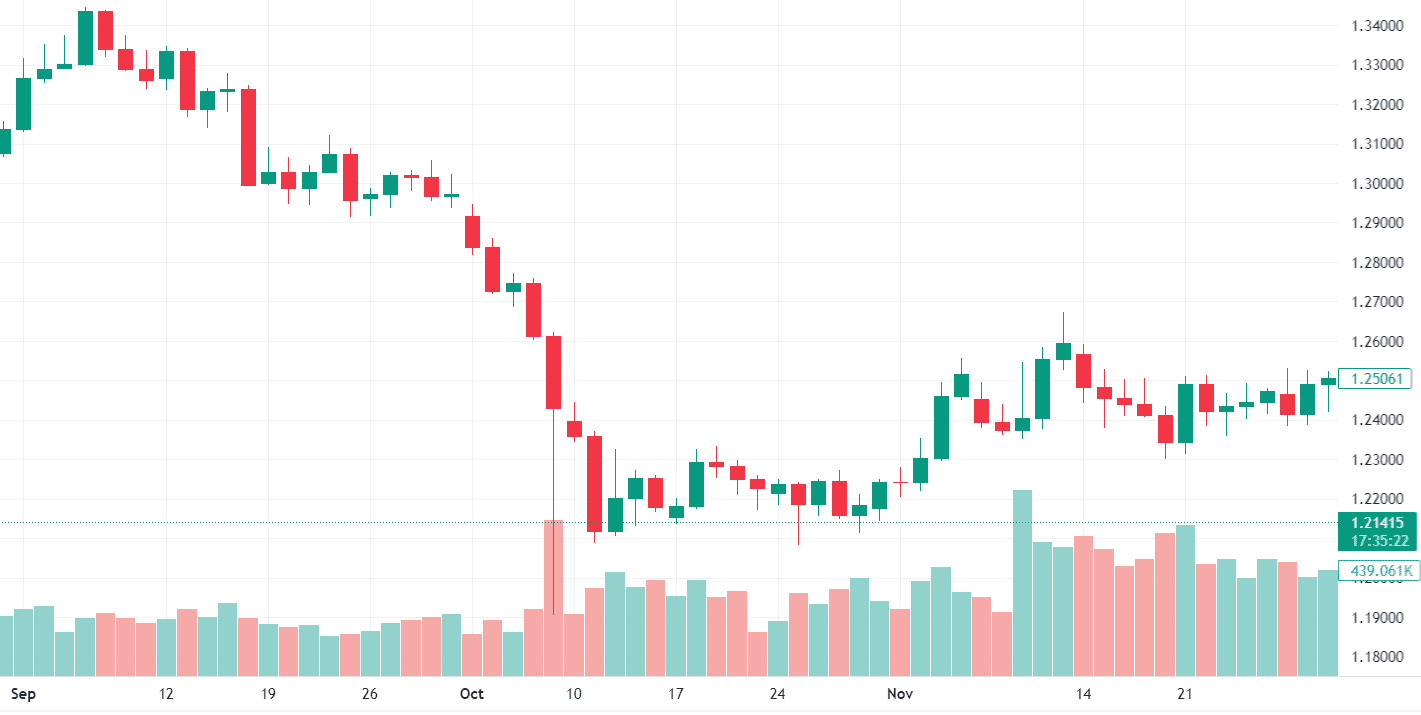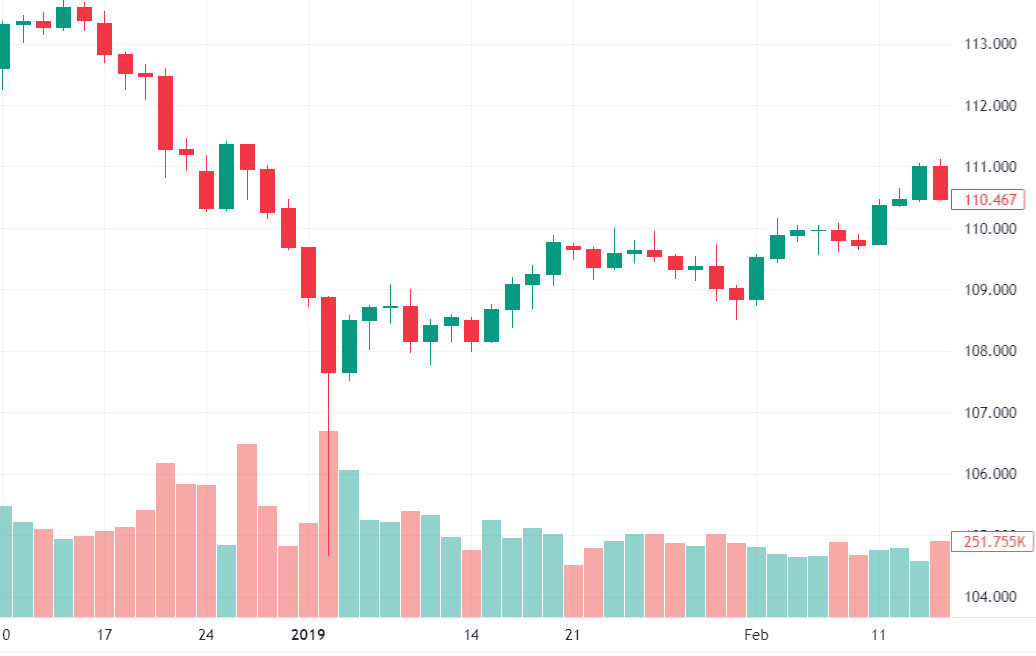Top Forex Events In The New Millennium

Foreign exchange (FOREX) goes through ups and downs. Some events had stripped bare the possible volatility of the market, causing fear in the hearts of investors. Here are some top events since the year 2000 that caused chaos in the markets.
2013 Forex Probe
The Forex Probe of 2013 was a scandal that revealed how international banks had been working together for at least a decade to tweak Forex market exchange rates.
Again, this event was all about investor fears of market manipulation as a result of bank collusion. It wasn’t easy to trust the market again after such practices were revealed.
Four major banks admitted involvement, but the 2013 Forex Probe remains one of the most impactful foreign exchange events since 2000, even though the banks paid up $6 billion in fines.
Greek Debt Crisis
In 2013, the Greek economy revealed its fragility, although it already showed some cracks during the 2007 worldwide financial crisis.
It looked like Greece was going into an irreparable downfall. Still, the European Union overextended itself by granting it a generous loan of £68 billion. While the EU might have saved Greece, this move would remain one of the top events in Forex history for such a large amount of money changing hands.
The consequences of the crisis could still be felt as Greece’s debt problems reverberated in 2015. Because Greece couldn’t reach its deal, some currencies surged, such as the Japanese Yen and Swiss Franc found which found themselves on the rise.
However, other currencies didn’t fare so well in 2015. The Euro plunged in the Asian trading session. The dollar also experienced a one-month low of 122.10 yen.
Political uncertainty in one country can affect many other countries, and sometimes the impact lasts for years. That is why the Greek Debt Crisis of 2013 makes it to our list of the most significant Forex events in the new millennium.
2016 Sterling Flash Crash
Since we have already looked at what a flash crash is about, we can go straight to how the Sterling Pound lost its value within seconds on the 7th of October 2016.
A fat finger error was suspected, but the Bank for International Settlements ruled that there was no proof it was the case. Further investigations revealed that algorithmic trading programs had triggered the crash. The algorithm issue was paired with traders who didn’t want to take much risk.

British Pound/U.S. Dollar – Sep-Nov 2016
2016 BREXIT
Brexit 2016 caused panic in the European Union, especially when its economic effects were felt. Of course, it also had an impact on the foreign exchange market.
The story of Britain’s breakup with the European Union was one of the top events in politics and Forex history. It went to show just how intricately related these aspects were.
The UK’s unexpected move was what created the panic. Understandably, something so unprecedented had to affect the market. Right before the votes were out, the British pound sterling was moving in an upswing trend. However, it ended in a closing of 8% down for the GBP/USD pair on that day.
A slide preceded the Brexit-caused slump for about a year.
USD/JPY and AUD/USD Flash Crash of 2019
You may believe that Apple is mainly influential in the technology market. Think again. Its reaches have some effects on the foreign exchange market, as well.
Apple’s statement in January 2019 that emphasised the Chinese economy’s struggle had several investors selling their most volatile currencies.
When investors lose confidence in the Chinese economy, their trust in the AUD and JPY also fluctuates. After all, Australia is its most important trading partner.
Therefore, a simple statement from Apple in 2019 has caused one of the most significant foreign exchange crashes of recent years.

U.S. Dollar/Japanese Yen – Jan 2019
Swiss Francs Crash
In the same year, in February, the Swiss franc also suffered a crash. However, some considered this an inconsequential event.
The Swiss Franc experienced a significant drop during the Asian trading session on the 10th of February. It dropped against the US dollar and other major peers.
When the Japanese markets closed for National Foundation Day, the Swiss francs suffered from a lack of liquidity.
Another critical Swiss franc crash happened a few years prior to this, in January 2015. The flash rally, as some call it, occurred after the Swiss National Bank announced that its currency would no longer be pegged at 1.20 against the Euro. Because of this, the franc went up by 20% against not only the Euro but also some major currencies.
2020 Black Swan Event
The Black Swan event certainly caused a stir in the financial markets. Moreover, it points to the fall of the most popular of cryptocurrencies - Bitcoin.
So, when the cryptocurrency fell to almost 4970 USD per coin, it caused sheer panic among investors. That was an 80% loss in value. For comparison, its 2017 value was at 19716 USD.
Bitcoin was not alone in creating fear among investors, as Ethereum also dipped from 285 USD to 110 USD. COVID-19 was believed to be the cause of the plunge.
Because the cryptocurrency crisis of 2022 was considered a Black Swan event, it affected other financial markets, including foreign exchange.
The fear generated by black swans is especially fearsome due to their ability to wipe out entire accounts. Reliance on standard forecasting tools can fail to predict potential damages, and that is what makes black swan events so rare and devastating.
Coronavirus Pandemic
The COVID-19 pandemic continues to make its effects known in various industries worldwide. During that crisis economic growth expectations were downgraded in fear that major economic sectors had to be shut down due to the increasing coronavirus cases. That uncertainty reduced the demand for local currencies and investment funds. In addition, it impacted exchange rates and the fluctuating value of the US dollar as a world reserve currency.
As a result, economic and political measures created significant changes worldwide and left a mark in Forex history.
Conclusion
While there may be more FOREX-related events in the past and the upcoming future that will affect the market, the above are the ones that still have tangible impacts in the past few years. It is crucial for forex traders to stay ahead of an ever-changing market, and one of the ways to achieve it is to understand its history.
To access the world’s markets easier and at a lower cost get a live account with Fusion Markets.
We’ll never share your email with third-parties. Opt-out anytime.